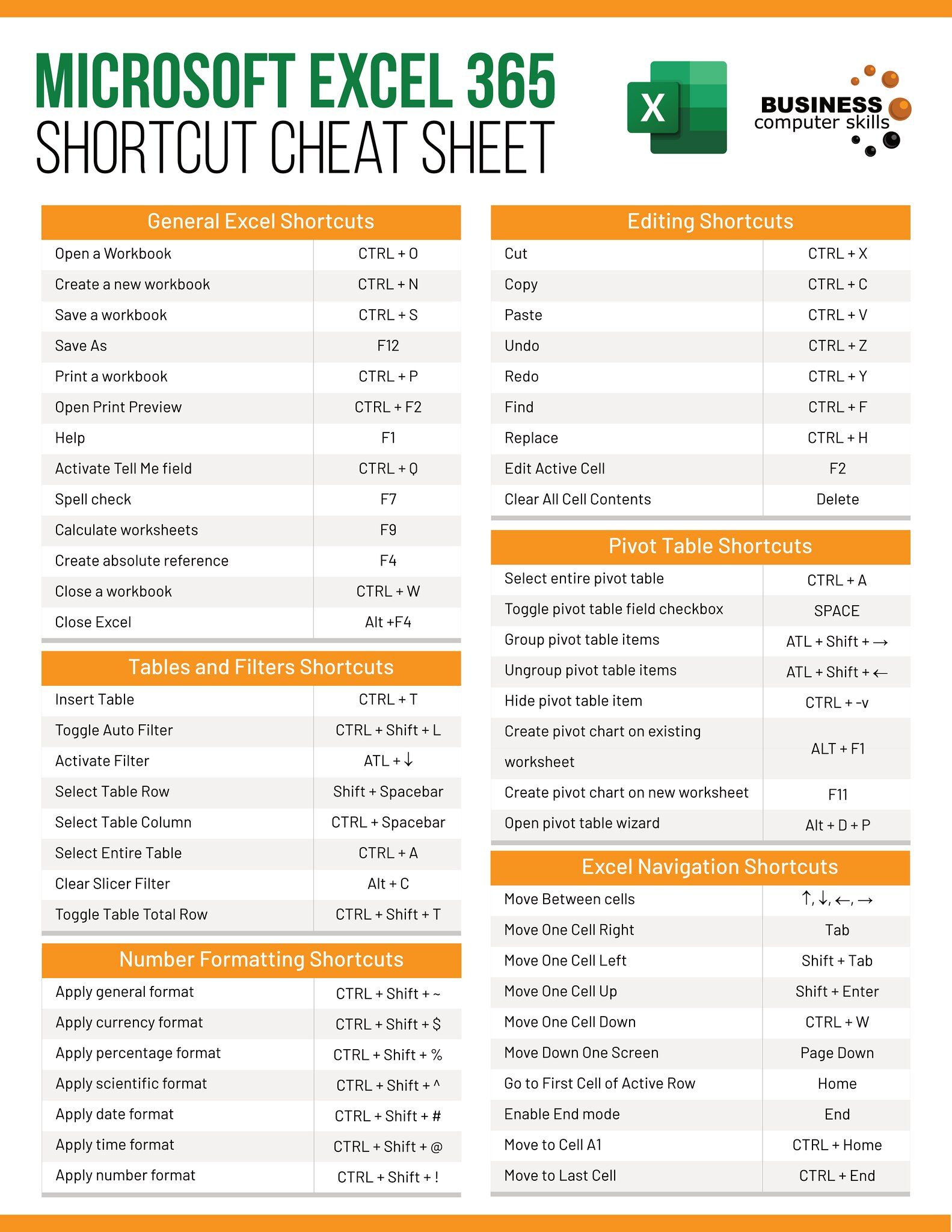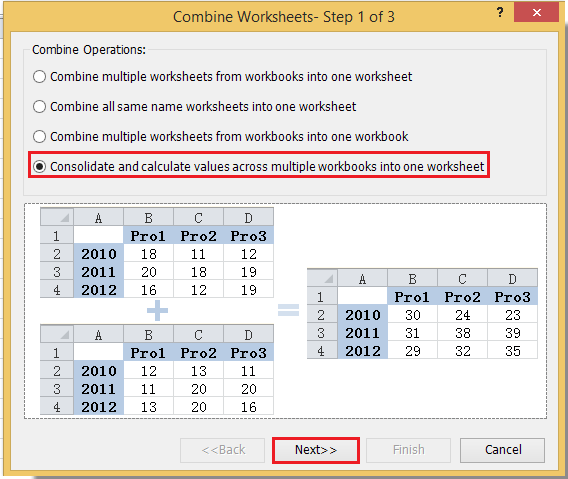Excel Made Easy: Yes or No Decision Tool

When making decisions, one of the most straightforward methods is to weigh the pros and cons. However, with many factors involved, this process can get complex quickly. Excel, with its data management capabilities, offers a unique solution: creating a Yes or No Decision Tool. This tool simplifies decision-making by quantifying qualitative information, helping you visualize what decision might be the best fit based on your criteria.
Understanding the Yes or No Decision Tool

The Yes or No Decision Tool in Excel is designed to help you make binary decisions effectively. Whether you’re deciding on a project, investment, or even personal life choices, this tool uses:
- Data Entry: Input your decision factors and their respective weights.
- Formula-based Calculation: Excel formulas calculate the score of each option, leading to a definitive Yes or No outcome.
The beauty of this tool lies in its simplicity, making complex decisions manageable by breaking them down into measurable and quantifiable units.
Setting Up Your Yes or No Decision Tool

To set up your Yes or No Decision Tool in Excel, follow these steps:
-
Define Your Decision Criteria:
Start by identifying the key factors influencing your decision. For example, if you’re deciding whether to buy a new car, factors might include cost, fuel efficiency, reliability, and design.
-
Assign Weights:
Each criterion needs a weight. This weight reflects how important each factor is to your decision. If cost is twice as important as design, it might receive a weight of 2, while design gets 1.
-
Rate Each Option:
Against each criterion, rate your options (e.g., car models) from 0 to 10, where 0 means the option doesn’t meet the criterion at all, and 10 means it perfectly meets the criterion.
-
Set Up Your Excel Sheet:
Create columns for Criteria, Weights, Ratings for Option 1, Ratings for Option 2, and the resulting Score. Here’s how your spreadsheet might look:
Criteria Weight Option 1 Rating Option 2 Rating Option 1 Score Option 2 Score Cost 2 8 6 16 12 Fuel Efficiency 1 9 5 9 5 
-
Calculate Scores:
Use Excel formulas to multiply the weight by the rating for each option’s criterion, then sum these products to get the final score.
-
Decision Making:
Compare the total scores. If Option 1 has a significantly higher score, the answer is Yes; if Option 2 or if they’re close, it might be No or require further investigation.
👉 Note: The weights and ratings are subjective; ensure they accurately reflect your priorities for the decision at hand.
Using Your Decision Tool Effectively

To make the most out of your Yes or No Decision Tool, consider the following best practices:
- Be Objective: While weights and ratings are subjective, strive to be as objective as possible. Base your ratings on research or factual information.
- Recalculate: Revise and update your tool as new information comes to light. This ensures your decision remains relevant and informed.
- Compare Against Thresholds: Set a threshold for what constitutes a Yes. If the total score exceeds this threshold, proceed with confidence.
Limitations of the Yes or No Decision Tool

While an excellent aid, the Yes or No Decision Tool has limitations:
- Quantitative Bias: It can sometimes overlook qualitative aspects that are hard to quantify, like emotional satisfaction or ethical considerations.
- Subjectivity: The tool is as good as the data you feed it. Biases in assigning weights and ratings can skew results.
- Single Point of Analysis: The tool provides a snapshot based on current information. Decisions made should be dynamic, considering future uncertainties.
🎯 Note: Always complement your decision tool with intuitive judgment and perhaps seek advice from others to mitigate potential biases.
Wrapping Up Your Decision

Incorporating a Yes or No Decision Tool in your Excel toolkit can transform how you approach decision-making. By providing a structured method to evaluate options, you’ll find decision-making more manageable and less daunting. This tool quantifies your decision-making process, making it easier to see where your priorities lie and which option is most aligned with your needs. Remember, while the tool offers clarity and guidance, it’s just one part of the decision-making process. Consider its results as valuable inputs, but also listen to your gut feeling and seek external perspectives to ensure well-rounded decisions.
What are some examples of decisions where the Yes or No Decision Tool can be useful?

+
The tool can be useful for decisions like buying property, choosing between job offers, selecting educational courses, or deciding on investments where multiple criteria influence the outcome.
Can the decision tool be used for personal life decisions?

+
Absolutely. While it’s common for business decisions, it’s also effective for personal life decisions where you can define and quantify criteria like emotional impact, family considerations, or time commitment.
How do you ensure the weights and ratings are unbiased?

+
To minimize bias, base your criteria on factual information and objective metrics when possible. Additionally, consulting with others or conducting a sensitivity analysis where weights are varied can help understand how changes in perspective affect the outcome.
What if the scores are very close?

+
When scores are close, it might indicate that neither option overwhelmingly meets your needs, or that your criteria might need reevaluation. Alternatively, you might consider a compromise or explore additional information or criteria.
Can the tool be adapted for multiple options, not just two?

+
Yes, you can expand the tool to include multiple options by adding columns for additional ratings and calculating scores for each option independently.



